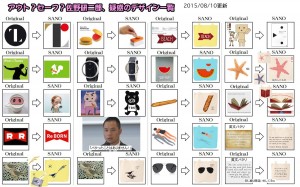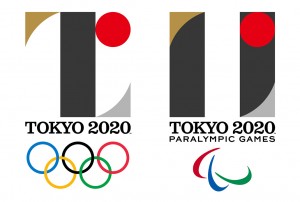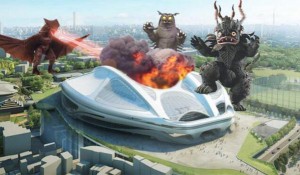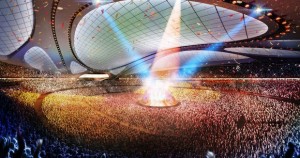When Tokyo made its ultimately successful bid for the 2020 Olympic and Paralympic Games, it emphasized how its Games would be compact and ecological.
The Olympic Village to house athletes for 2020 Games in Tokyo will be a futuristic “hydrogen town”. Power and hot water will be generated from hydrogen gas supplied by stations and pipelines built by the city in other locations. These would feed into a network of clean hydrogen energy fuel cells.
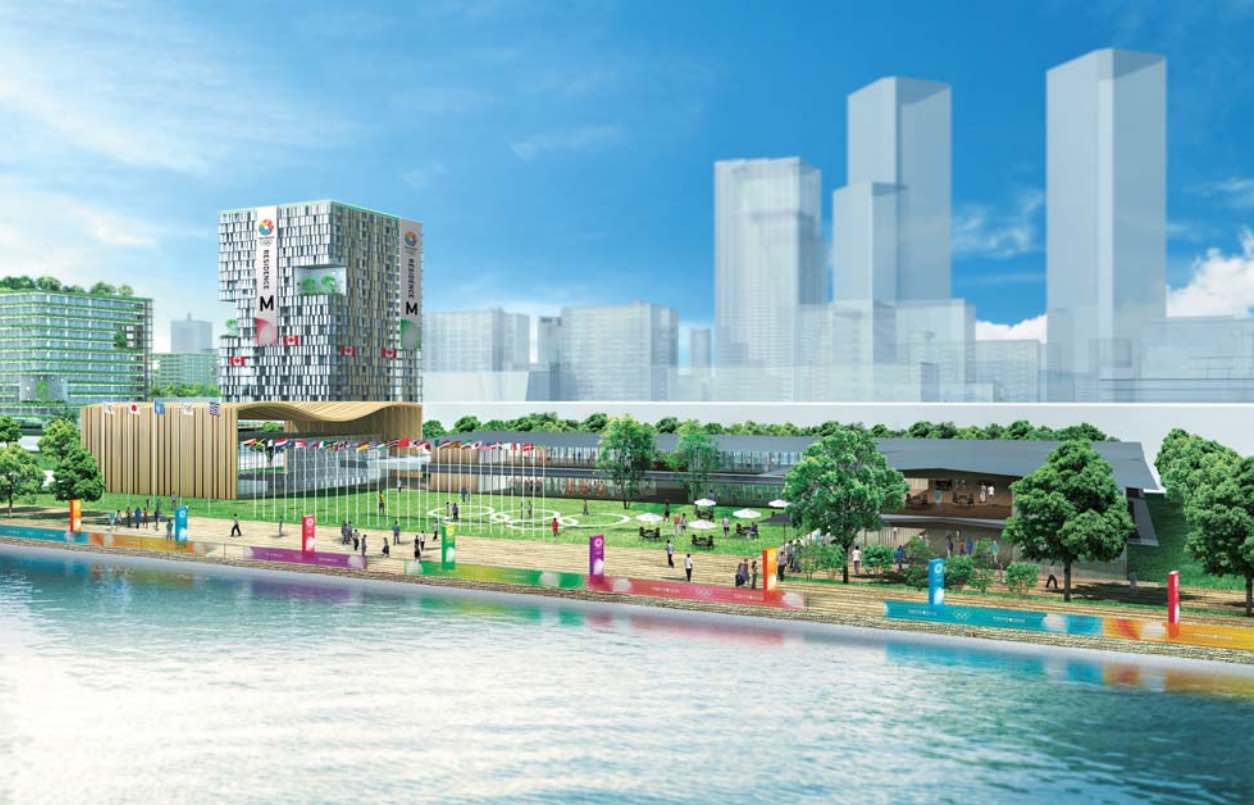
But the “eco Games” have already been controversial, not least for the decision to award the biggest feather in the contractors’ caps — the new Olympic Stadium — to a foreign architect, Zaha Hadid, and for a design that looks like a spaceship. So much for the green Olympics. Outrage over the cost and size of the stadium, far in excess of the original allocation, has led to it being scaled back dramatically. That said, the new stadium is still going to cost $1.37 billion, possibly the most expensive stadium in the world. “We aim to build Japan’s National Stadium to boast to the world,” said the Japan Sport Council. Leading Japanese architects have instead responded that Hadid’s stadium is a white elephant, a “turtle”.
The existing national stadium is going to be demolished this month. The new venue was proposed because the current one does not meet Olympic standards nor is it up to today’s levels of anti-seismic safety.
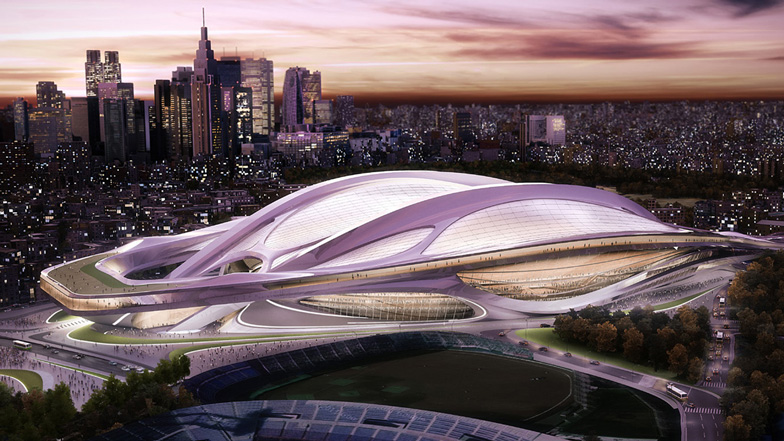
Clean energy automobiles is one area that no one would dispute Japan has been a pioneer. Toyota has become the top car manufacturer thanks to its hybrid electric vehicles, while the Nissan Leaf is the world’s best-selling all-electric vehicle. This trend looks set to continue as we approach the Games. Toyota have just released the Mirai, a sedan that is world’s first mass-market fuel-cell car in Japan. Even the buses to transport athletes in 2020 will be hydrogen-powered.
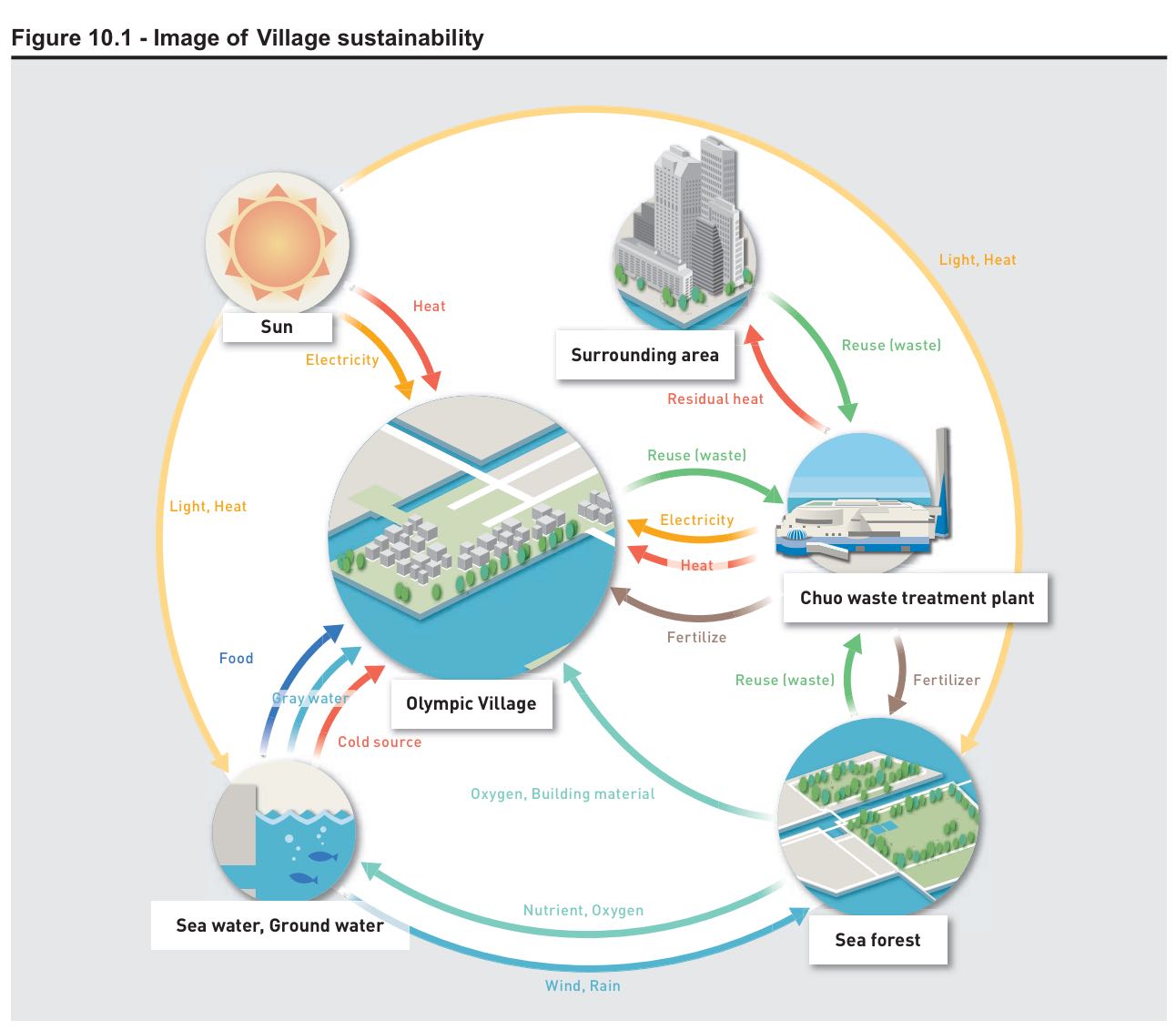
Sustainable energy is the elephant in the room in Japan. The immense furore over nuclear energy in the wake of the Fukushima crisis has turned the argument predominantly into one of the risks of nuclear power versus the need for the so-called “nuclear village” system, which was erected by the government in the post-war period. However, the real issue is not only if nuclear power stations, especially old ones built decades ago, are sensible in a nation with so many natural disasters. The task at hand is not so just clean energy for the 17,000 athletes living for a few weeks at Harumi, but green energy for the whole of Japan.
The Olympic Village section of the 2020 Games proposal specifically highlights the eco nature of the plan.
Construction of the Olympic Village will produce minimal greenhouse gas emissions through a comprehensive and verifiable greenhouse gas reduction plan. It will be developed in compliance with the Tokyo 2020 Sustainability Strategy, and the “Green Building Program” and the “Tokyo Vision 2020” long-term urban plan. The CASBEE Urban Development standard will be applied, and specific elements of the LEED ND (Neighbourhood Development) standard applied where practicable.
Since the Olympic Village site is a stepping stone in the “Wind Trail” described in “Tokyo Vision 2020”, it has been designed so comfort zone winds will easily pass through. Landscaping, green roofs and walls are actively planned. These efforts are also incorporated in guidelines of the TMG’s development programmes. Implementation of environmental measures will be an incentive for development in the private sector.
It goes further to discuss the legacy of the Games in terms of sustainability.
The Olympic Village will become an urban residential “smart city pioneer model”, where Japanese sustainability technologies are assembled.
In other words, the Village will become a model for further smart city development rolled out over the rest of Tokyo and Japan.
If the Tokyo government is sincere about this, they have a lot of work to do.

